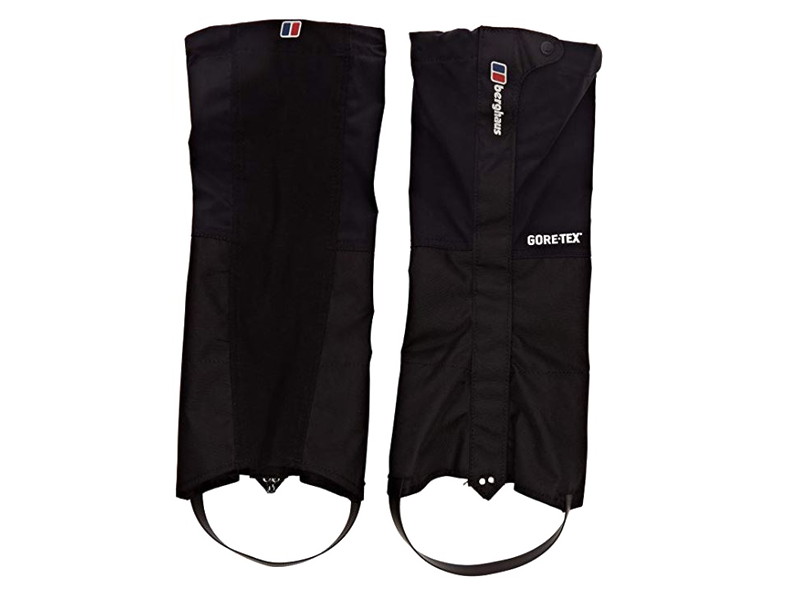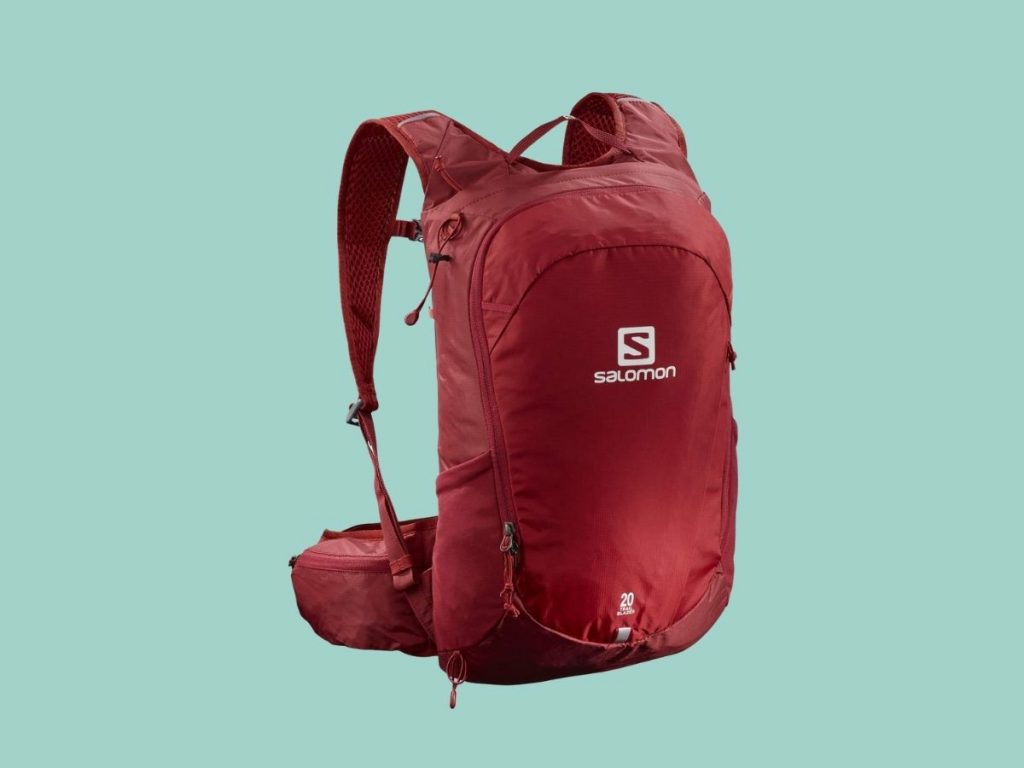What to pack in your basic trekking kit
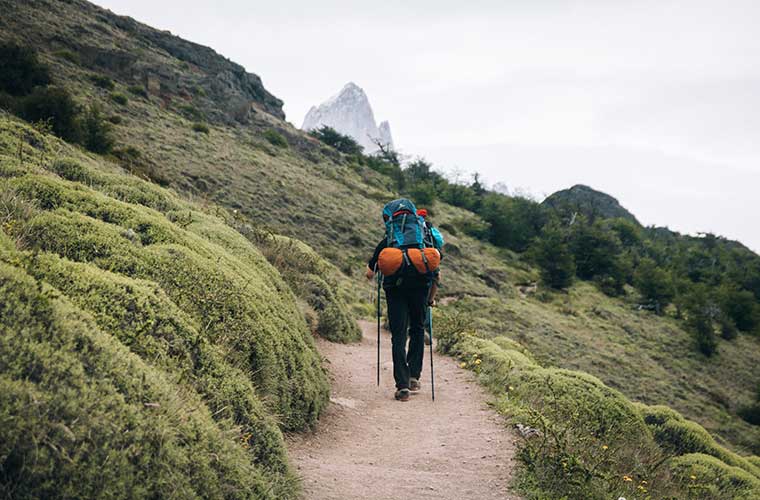
For the practice of trekkingand especially in high mountain environments, there is a need for an specific equipment. Let's not forget to say it, clothing and equipment will depend on the time and the area. For example, the Pyrenees is very diverse and throughout the different seasons we will go from the harshest winter conditions to the most pleasant in summer. That's why part of this article will try to give a few notions of how to vary this hiking equipment depending on whether we are in summer or winter. Without doubt, for each of these dates there will be indispensable items that we cannot forget in the backpack.
This will try to be a list checklist that can guide you when packing your backpackThe result of our experience in multi-day excursions. We hope you won't forget anything.
At a glance:
- Hiking shoes.
- Hiking clothing.
- Trekking backpack.
- Sleeping bag.
- Tent.
- Cooker, food and nutrition.
- Water and hydration.
- Poles, crampons, ice axe.
- Others.
Hiking shoes.
A good trekking boots will be the general footwear that we are going to need to face a route of several days, in the case of the Trans-Pyrenees. In this case, to be more specific, it should be borne in mind that most of the route runs through the high mountains. However, more and more, and especially for the less rocky and gentle stages, at lower altitudes, the choice is increasingly being made of trekking or trail running shoesWe have to analyse the route, the terrain, the time of year, will there be snow? We have to analyse the route, the terrain we are going to walk over, the time of year, will there be snow, will it be muddy, will it rain, will it rain in the middle of summer when the temperature will slowly and mercilessly cook my feet? You can see that there are many conditioning factors.
(If you have any doubts, this article will help you: How to choose your hiking shoes)
Hiking boots
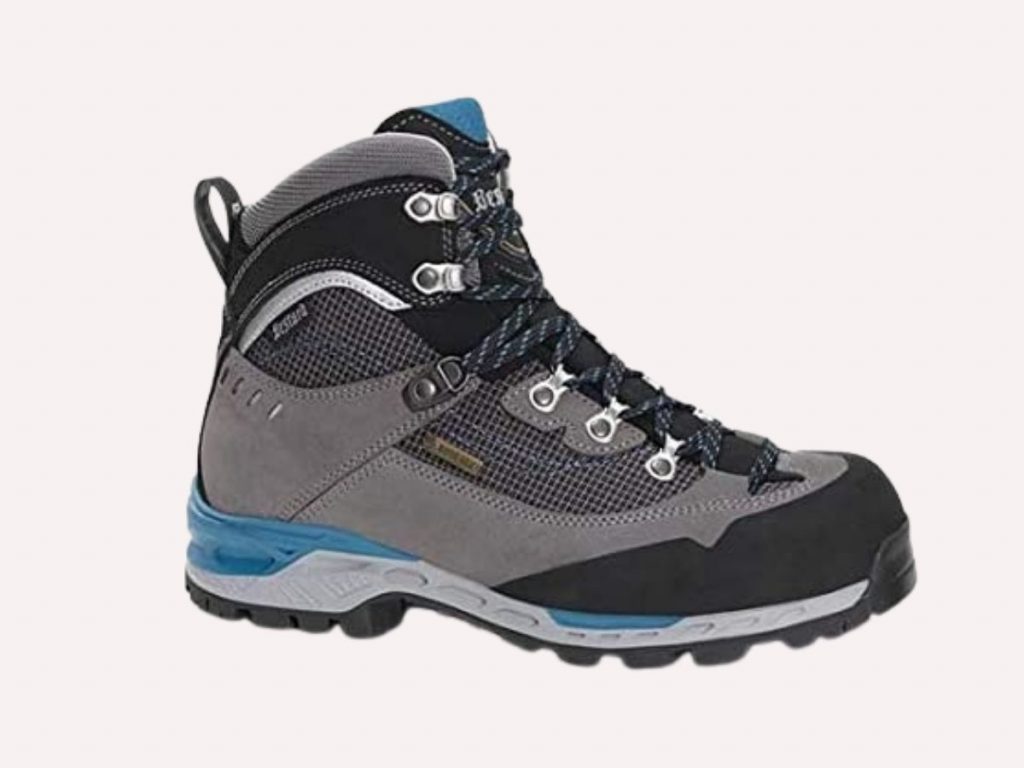
Hiking boots, which perfectly combine mobility and flexibility with comfort and protection. I like the TR Quantic de Bestard (female model / male model)combining Bestard's classic trekking boot with new generation comfort technology and functionalities. Resistance, lightness and breathability thanks to the Perwanger leather and Kevlar upper with natural rubber toe cap, along with GORE-TEX that will keep your foot dry and cool. It's a boot for long backpacking tripsWe are also planning to pass through areas of snow or a lot of mud.
Trekking shoes
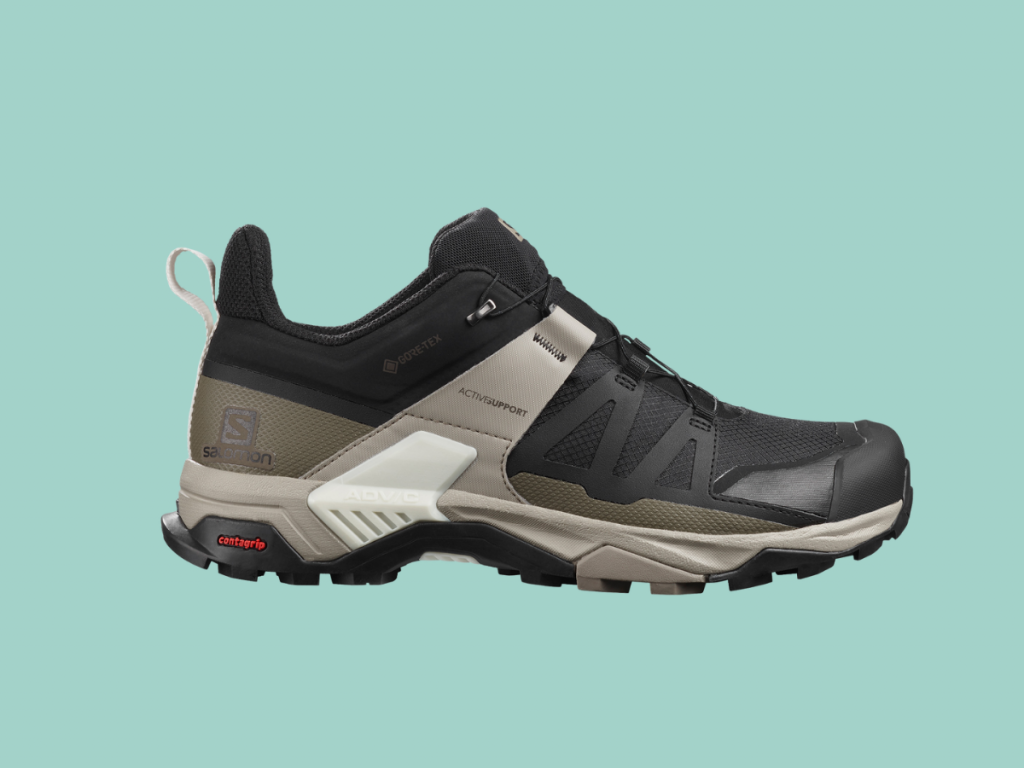
One option to consider is to use lightweight footwear to enjoy your outdoor challenges. On trekking routes it is increasingly common to replace the traditional boots with trekking shoes. Think that the new technologies and systems give them a not inconsiderable stability. (YOU MAY BE INTERESTED: Wearing trekking shoes on the Camino de Santiago)
I have selected the SALOMON X Ultra 4 GTX (female model / male model) for fit, comfort and durability. Salomon has set a milestone in the world of running shoes. trailThe experience is transferred to this shoe, which also offers you stability (ADV-C Chassis), the grip (Sole Contagrip® MA) and waterproof protection for longer hiking and trekking routes.
Trekking sandals (for very warm environments)
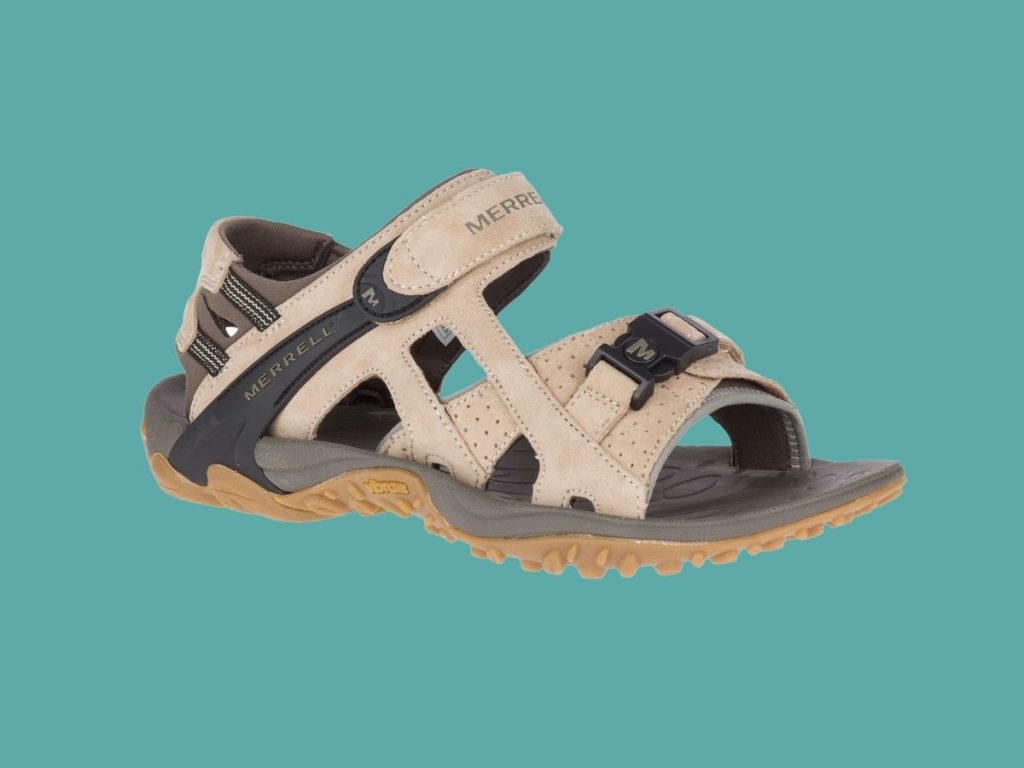
The Merrell KAHUNA III (male model / female model) are recommended for hiking in high temperature environments. Internal neoprene Lycra lining with antimicrobial Aegis treatment, stability and fit thanks to the TPU heel piece, Merrell Air Cushion cushioning system and Vibram outsole.
Hiking clothing
(YOU MAY BE INTERESTED IN: The best mountain clothing. Comparison & buying guide)
Here again we have to look at the specific case. I will again draw a parallel with the Trans-PyreneesHere the places where we are going to walk will be in the high mountains, except in the westernmost and easternmost part of the Pyrenees. We will make special mention of a warm garment, another thermal garment, both breathable, and a last waterproof layer. There are a thousand and one options, all of them valid, depending on the season and the weather conditions we are going to find. Here we recommend the layered system or, as it is commonly known, the 'onion system'.This will allow us to have the versatility to take off and put on garments depending on the external conditions and the level of activity.
Editor's note:
Three-layer or onion system. I would recommend wearing thin clothing that you can take off and put on depending on the weather conditions. You'll need to bring a final waterproof layer (the tendency is to go for a very thin final layer, which you'll supplement with inner layers that will act as warmth). It's often called the three-layer system -I've also seen it called the onion system: (a) a thin layer in contact with the bodybreathable, thermal, which in summer can be short-sleeved; (b) a second layeralready thicker, e.g. a fine fleece, a fleece waistcoat could also be an option (avoid fleece type garments). windstopperIf you are going to wear the third layer, you will end up with a cold...); (c) the last layer(you can always include some more intermediate layer depending on the harshness of the climate... in many cases you will use it) this should be waterproofIf possible, it should be breathable (there are many fabrics: the famous Gore-Texothers, such as the tex-tremetc.).
Mountain clothing for summer hiking
(YOU MAY BE INTERESTED IN: What to backpack for trekking in hot climates)
Breathable T-shirt
Avoid cotton or similar fabrics that retain moisture.
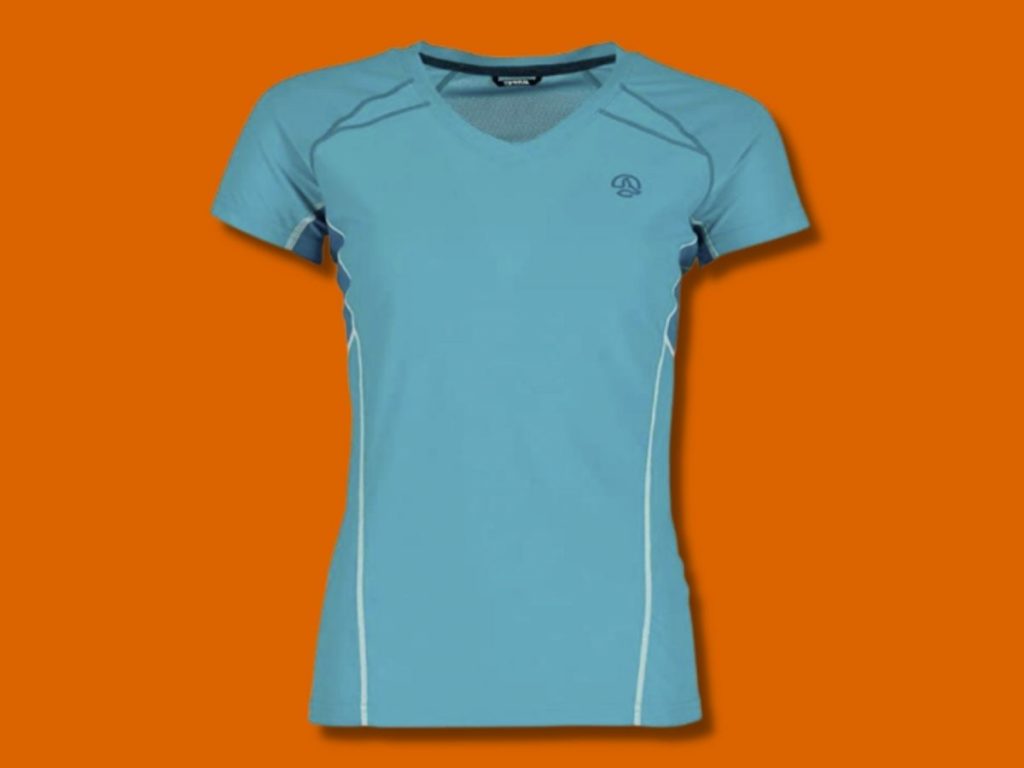
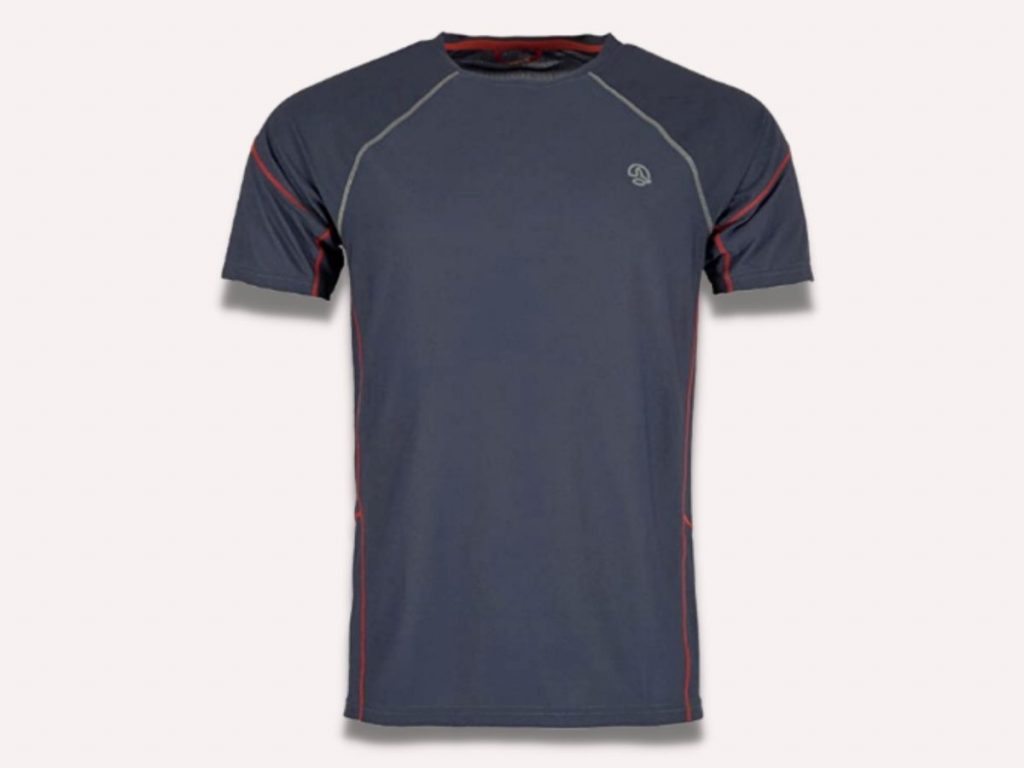
Short sleeve technical T-shirt, lightweight, comfortable, cool and elastic, made of Dryshell fabric. The Ternua Kanpu for Women y Ternua Tipas for Men are quick-drying and breathable T-shirts, you will keep your body dry during any activity. Anti-bacterial treatment (prevents odour) and flat seams (prevents chafing).
Breathable underwear
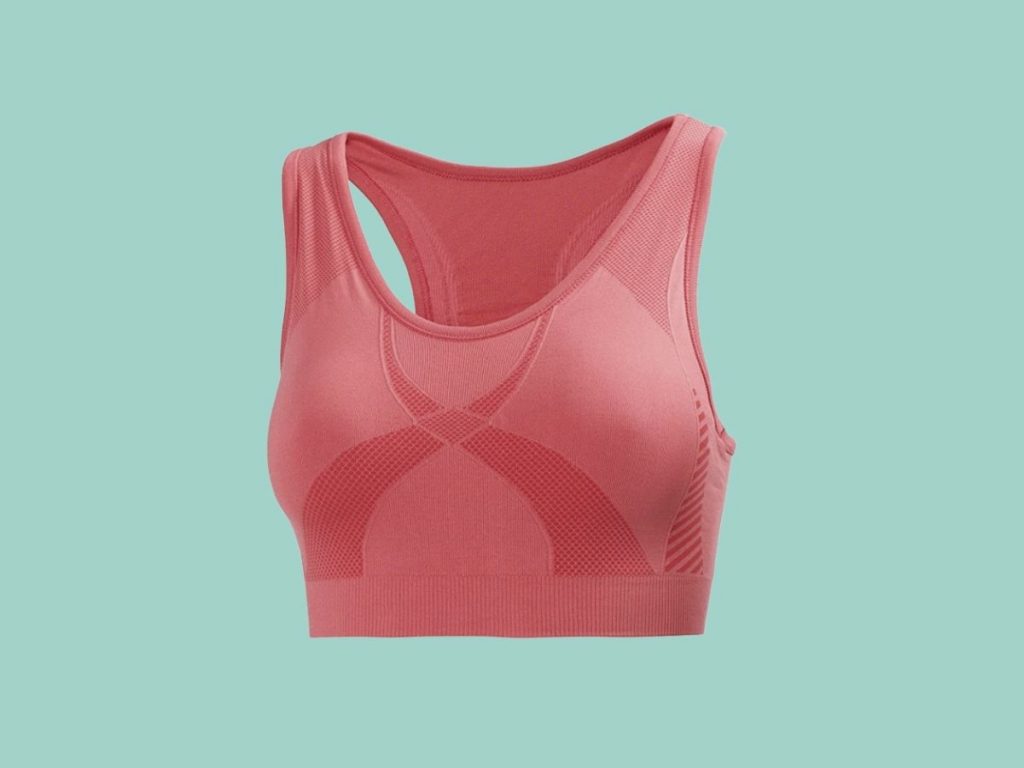
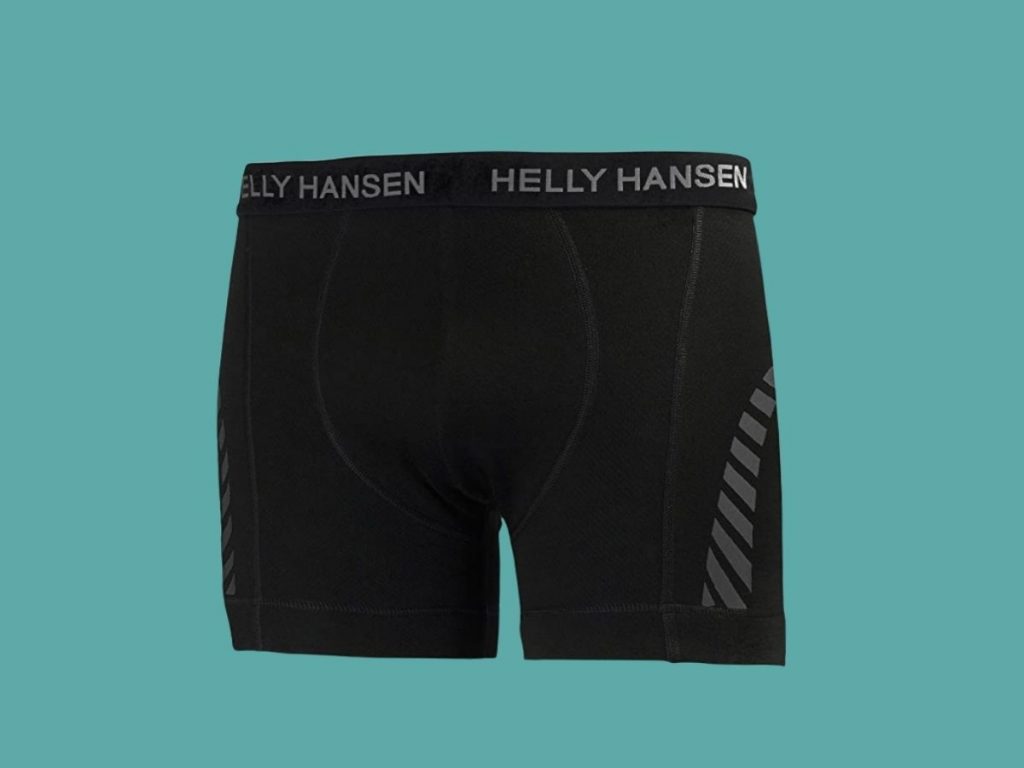
In this chapter I trust the brand without a doubt. Helly Hansen. Technical underwear with excellent moisture management and ventilation thanks to Lifa fibre technology. Flat seams, elasticated waistband. The boxer shorts in HH LIFA Merno is ideal for intense activities in any sport. In its version for women on Helly Hansen W HH Dry Revolutioncomplemented by the top Dry Revolution Sports.
Socks and spare
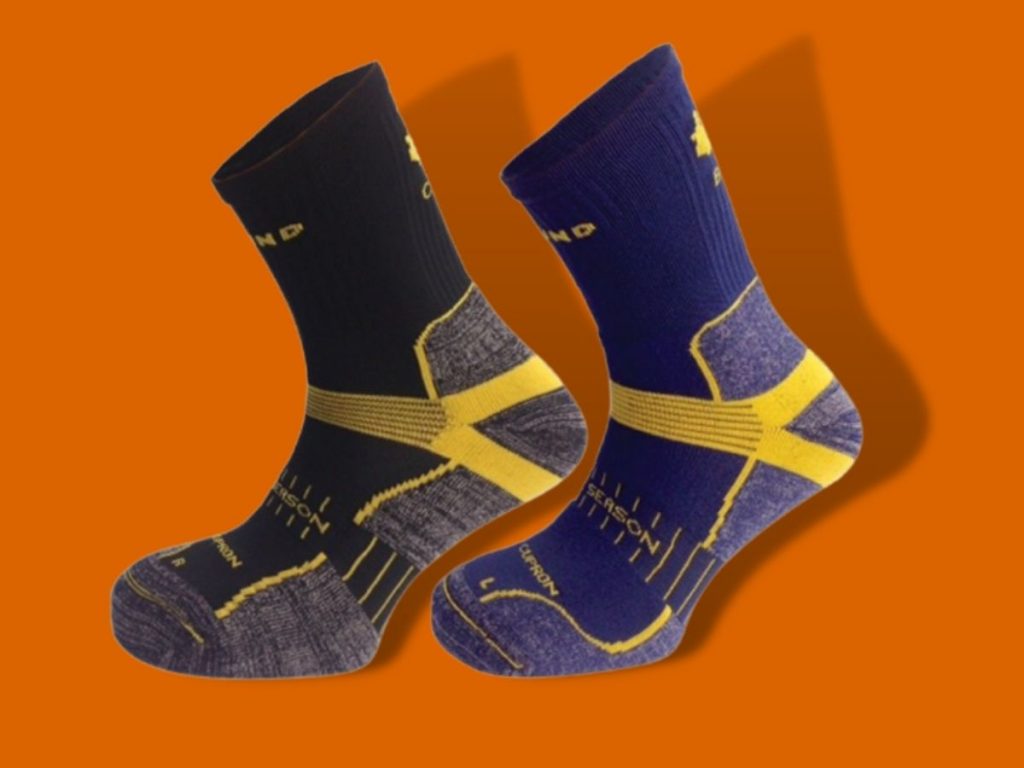
MUND Pilgrim Pack are thermo-regulating, therapeutic and antibacterial socks. Tested for long hikes such as the Camino de Santiago, they can be your allies on a long hike. The elasticity of the fibre SoftAir Plus guarantees comfort, freedom of movement and great adaptability to the foot. Quick drying. Low density semi-compressive zones and a specially designed structure that facilitates foot flexion. Seamless fabrics to avoid chafing and blisters.
(YOU MAY BE INTERESTED IN: 3 things to consider when choosing your hiking socks)
Quick-drying trousers.
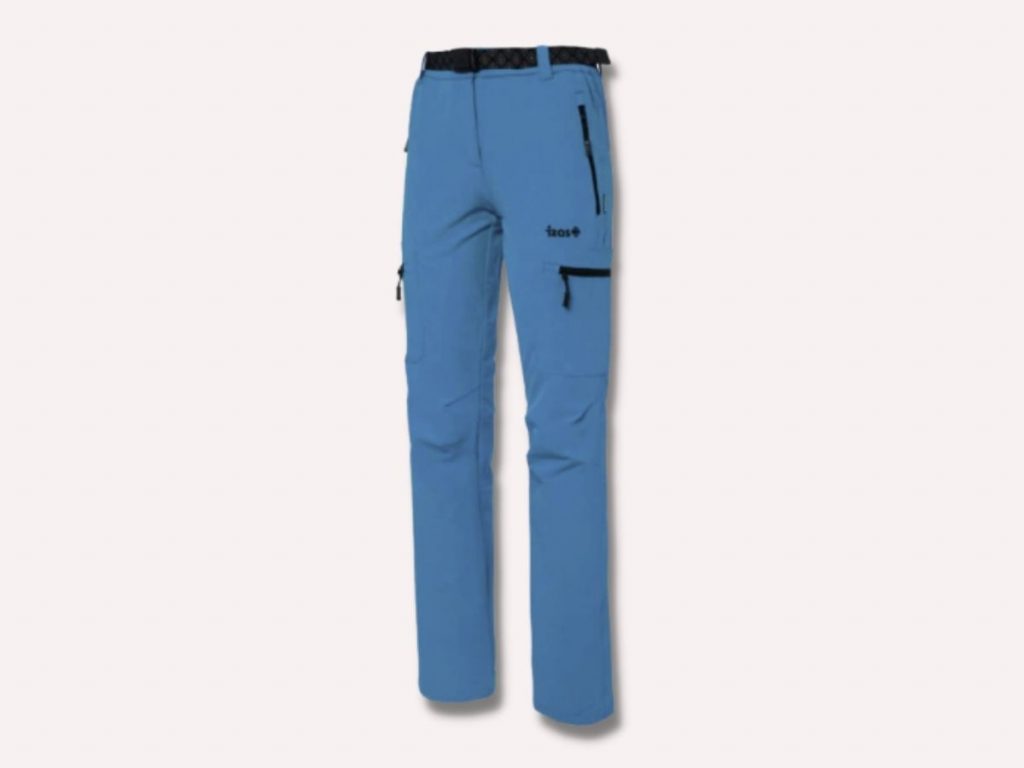
The Izas Chamonix trousers (men's model) is specifically designed for hiking. Thanks to its fabric Mount-Stretch has the following technical features: water repellency, breathability, quick drying and elasticity. Pre-shaped knees for ease of movement. The women's version is available in the Izas Wengen (female model).
(YOU MAY BE INTERESTED IN: The best hiking trousers. Comparison & buying guide)
Thin fleece lining
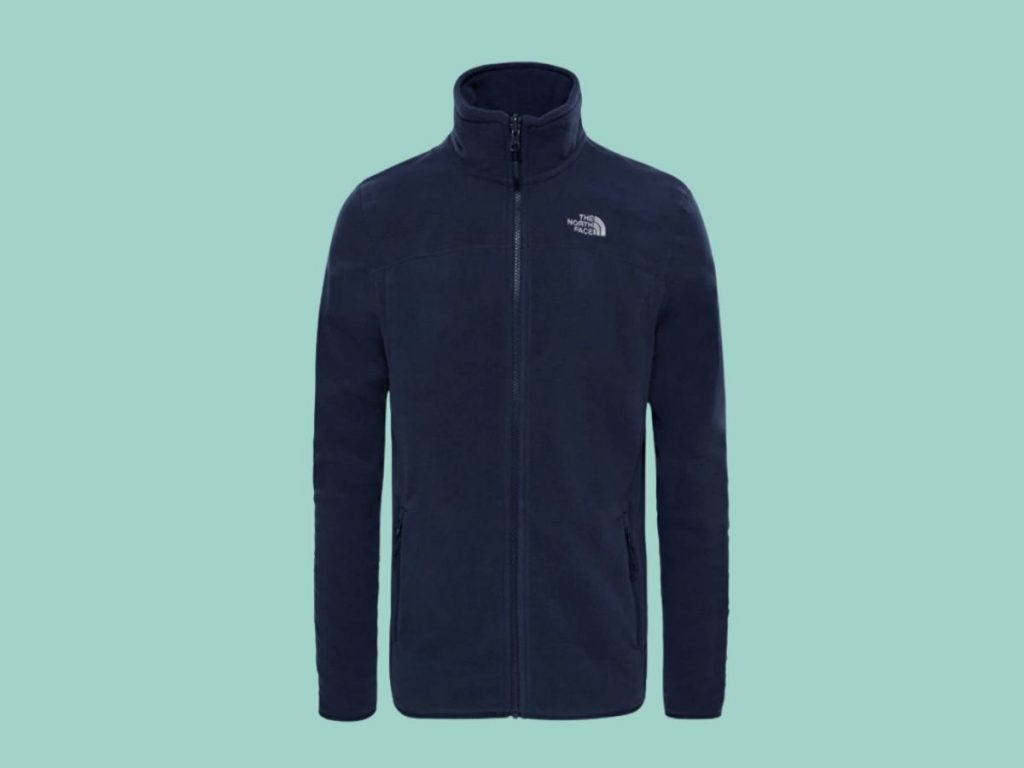
Technical fleece, 100% Polyester, essential as a mid-layer for mountain activities to constantly wick sweat away from the skin. What attracts us to fleeces like al The North Face M 100 Glacier (female model/ man) is its simplicity and functionality.
- How to choose the second mountain layera
- Merino wool clothing for the mountains: everything you need to know and how to care for it.
- Fleeces. Information, buying guide and comparison
Lightweight waterproof jacket (optional, depending on the activity)
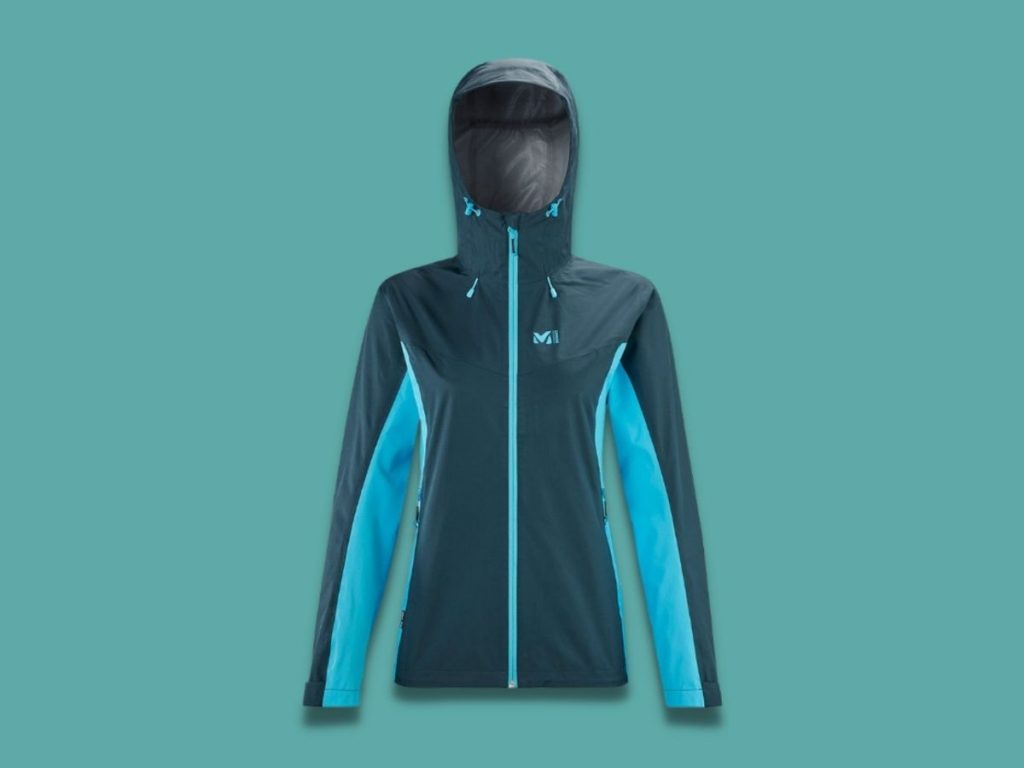
This rain jacket has Millet's own membrane and outer textile layer with water repellent treatment. The MILLET K Absolute 2,5l Jkt (male model / woman) is versatile, strong and lightweight. Although it is consistently breathable, the underarm zips can also be opened if necessary to increase ventilation.
(YOU MAY BE INTERESTED IN: The best third layer for mountaineering: how to choose the right one)
Hat or cap for sun protection (optional)
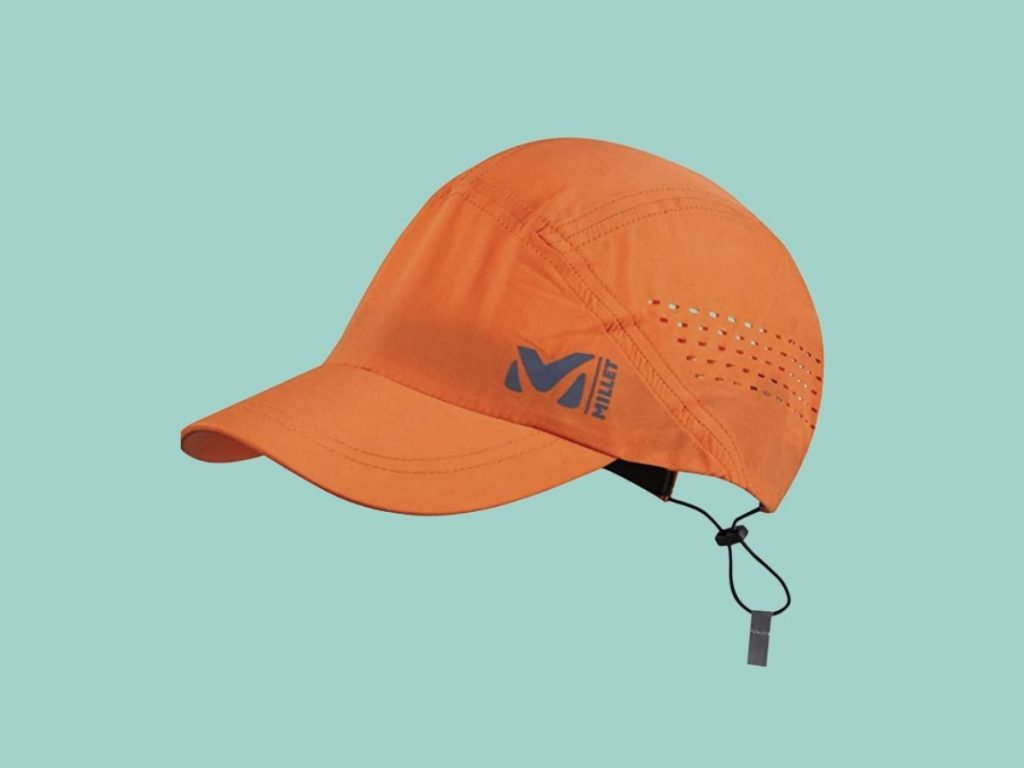
The cap Millet Intense Cap is designed for trekking, mountaineering and alpinism.
Mountain clothing for winter hiking
(YOU MAY BE INTERESTED IN: Hiking in winter: what equipment should I bring?)
Breathable long sleeve thermal T-shirt
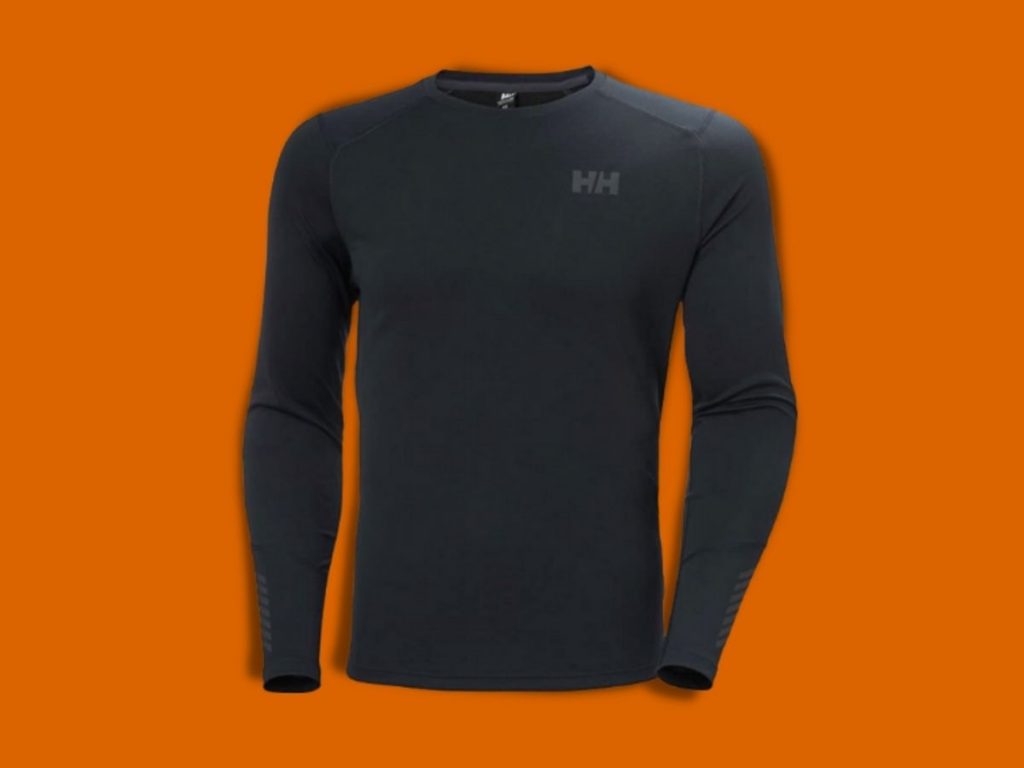
The Helly Hansen HH LIFA Active Crew (male model / woman) is a great choice as an undergarment, with high performance HH Dry Lifa fabric, offering great breathability, quick drying and light weight. Ideal for any outdoor activity.
(YOU MAY BE INTERESTED IN: The best first layer in the mountains: thermal clothing)
Thermal underwear
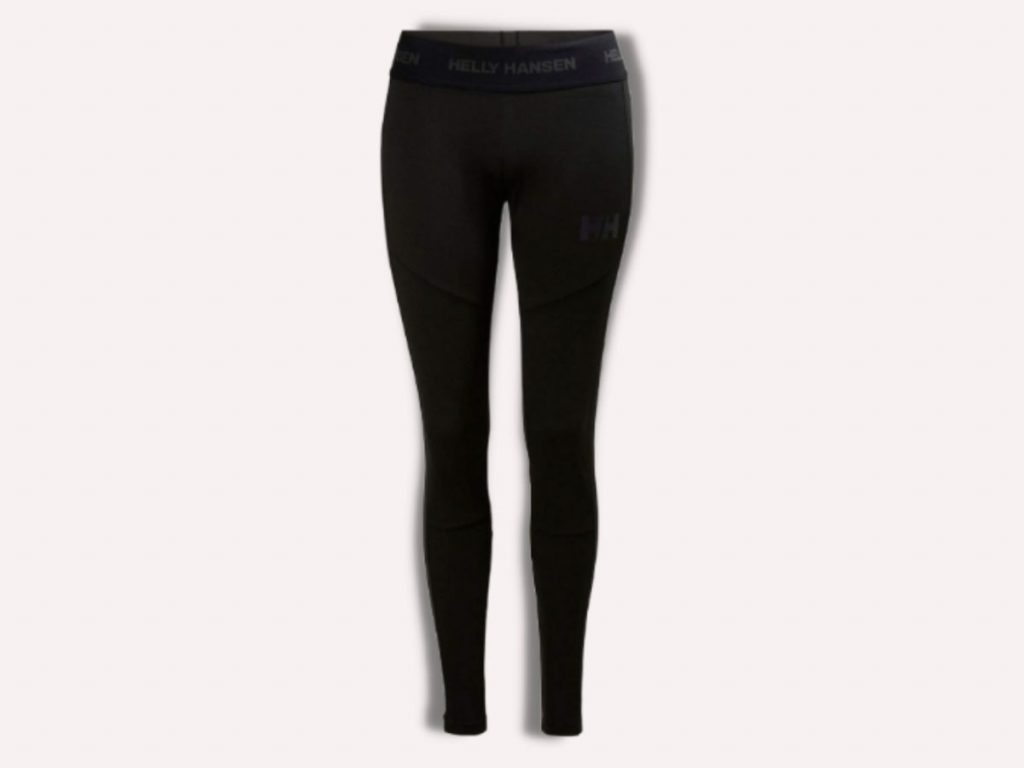
Thermal underwear in many cases will be the sleepwear, so it should be warm and comfortable.
The Helly Hansen HH Active Flow (male model /woman) is an unbeatable interior choice. Advanced HHActive technology combines Lifa Stay Dry and fast wicking fibres.
Beanie, thermal cap
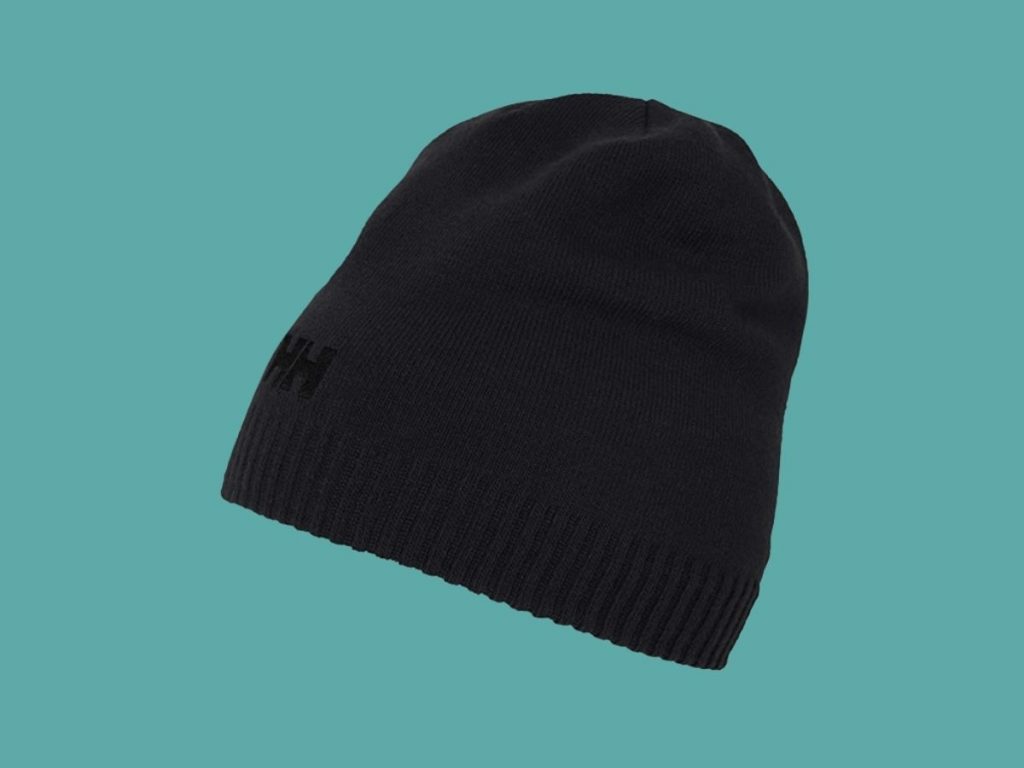
The Helly Hansen Brand Beanie is a classic beanie that provides warmth and comfort on your outings.
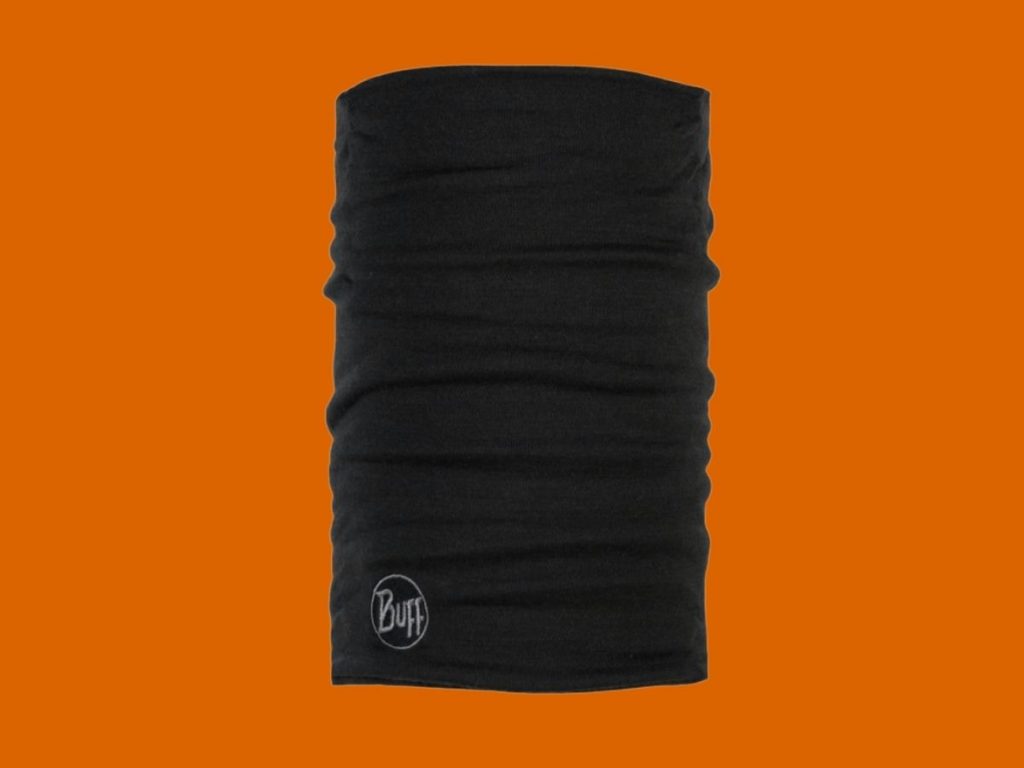
Merino BuffThe multifunctional, natural and comfortable 100% fabric made of merino sheep's wool is elastic, stable, breathable and very hard-wearing, a necessary accessory for winter and autumn outings.
Gloves
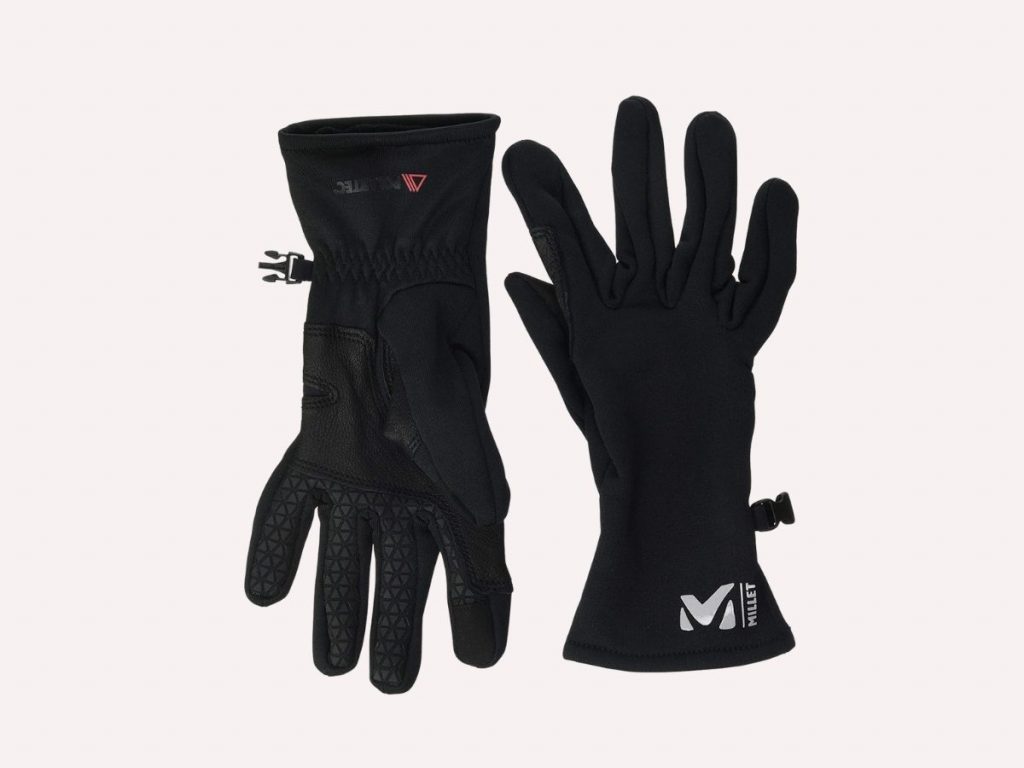
The type of glove we use will depend on the activity and environment, ranging from thin gloves for trail running on a cool morning to high-mountain gloves with innovative fabrics to keep you warm at low temperatures while maintaining high waterproofness and breathability.
The Millet Warm Stretch Gloves gloves are warm and breathable gloves, they are made of a Polartec® power stretch®which give it that protection. They will primarily be lightweight gloves to keep your hands warm for outdoor activities in winter. They are versatile, insulating and flexible, and offer great freedom of movement.
Trekking trousers
(YOU MAY BE INTERESTED IN: The best hiking trousers. Comparison & buying guide)
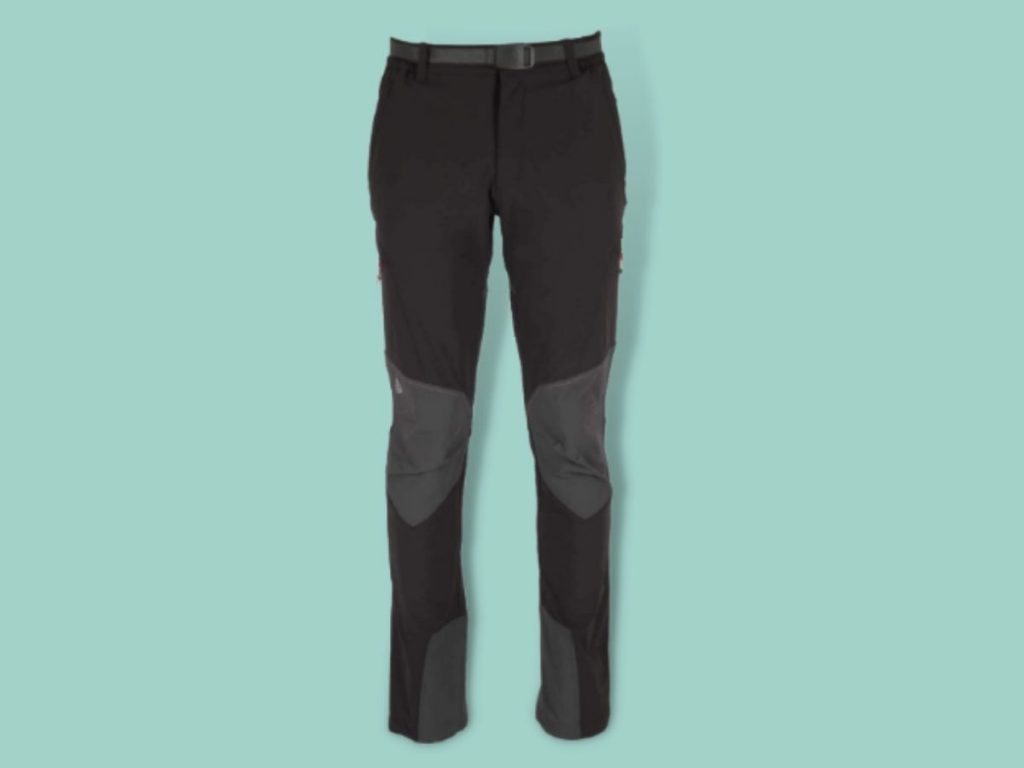
Trekking trousers (in case of extreme environmental conditions or if we are going to do the activity in snowy conditions, it should be a rain trousers). Here you have a article on mountain trousers so that you can choose the most appropriate one.
Both the Ternua® Withorn Pantfor men, such as the Ternua ® Dinesh Pant W is an ideal mid-mountain pant. Its Shellstretch fabric makes it durable and breathable, and its water repellency makes it ideal for many winter mountain outings.
Second layer
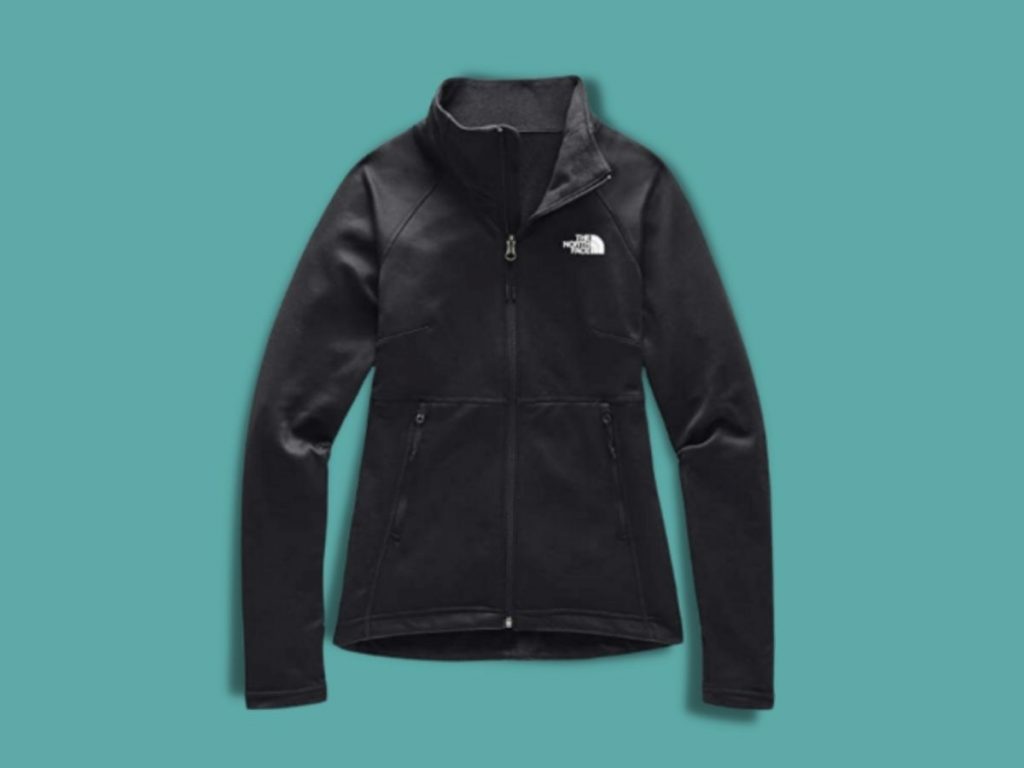
The jacket softshell Canyonlands (female model / man) can function as a second layer, offering great protection and warmth. It can be worn as a last layer and will protect you from the wind and when it's really cold you'll need to combine it with other garments. The fleece lining offers comfort and softness against the skin.
It can be a good complement to a fleece as a second layer. waistcoat, either of feather or of woven fabric primaloft.
- How to choose the second mountain layera
- Merino wool clothing for the mountains: everything you need to know and how to care for it.
- Fleeces. Information, buying guide and comparison
Waterproof mountain jacket
(YOU MAY BE INTERESTED IN: The best third layer for mountaineering: how to choose the right one)
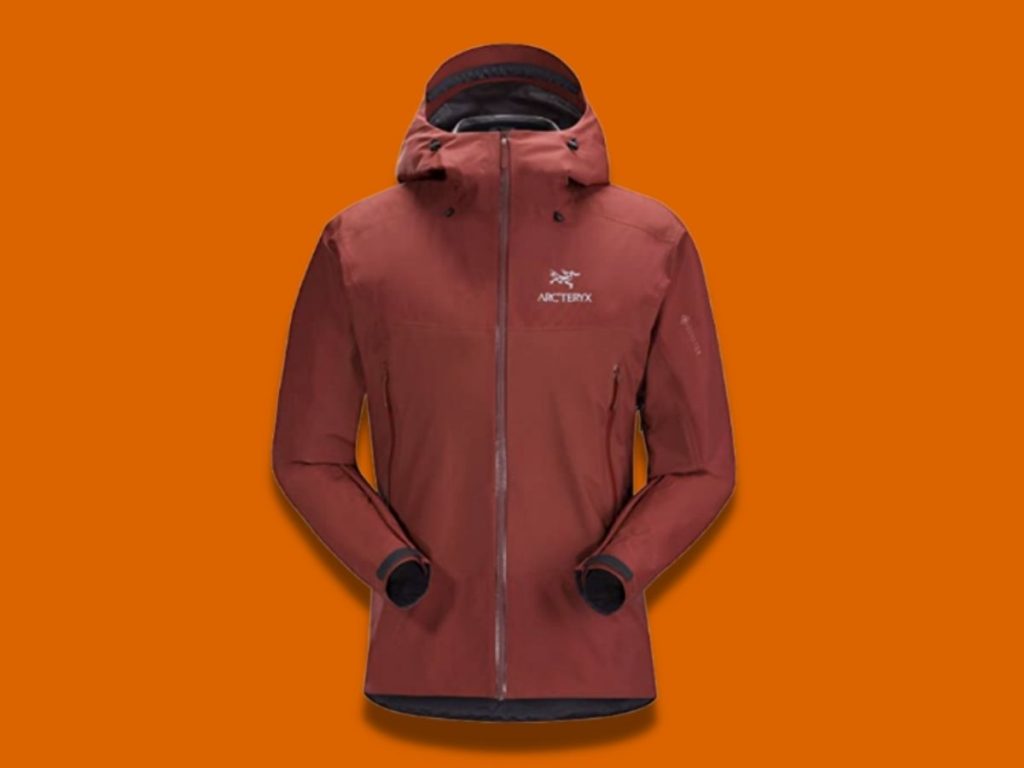
The Beta SL Hybrid jacket (male model/ woman), is versatile and lightweight, made from two different GORE-TEX fabrics to maximise performance and minimise weight. One for the body area (super lightweight GORE-TEX N40r) and one for the high wear areas (flexible GORE-TEX with GORE C-KNIT™ reinforcement technology). Underarm zips for improved ventilation. I think it's a good value for money product.
Thick socks and spare
Depending on the conditions you will choose one sock or the other. If the conditions are not too extreme, you may want to use the MUND Pilgrim Pack. These socks are thermo-regulating, therapeutic and antibacterial. Tested for long hikes such as the Camino de Santiago, they can be your allies on a long hike. The elasticity of the SoftAir Plus fibre guarantees comfort, freedom of movement and great adaptability to the foot. Quick drying. Low density semi-compressive zones and a specially designed structure that facilitates foot flexion. Seamless fabrics to avoid chafing and blisters.
Gaiters
Gaiters Berghaus Rodmann Gaiters GTX II They have a Gore-Tex 3L Lofoten/6000 Poly membrane. In short, waterproof, breathable and highly durable gaiters for the most demanding alpine activities.
Trekking backpack
(YOU MAY BE INTERESTED IN: The best mountain backpack. Comparison & Buying Guide)
It can be very variable: what time of year, what kind of weather will we find, do we have to carry winter equipment, tent, how many days will we be on the road? The backpack can vary from 40 litres to 80 litres. Let's keep one thing in mind; you have to carry it with you and a light backpack is more enjoyable, isn't it?
Mountain backpack for a day
The Salomon Trailblazer 20 L is a comfortable, lightweight and durable backpack with a great finish for day hikes all year round. You will have no problem storing your clothes and accessories on a day trip. It has 2 side mesh pockets.
Backpack for multi-day trips
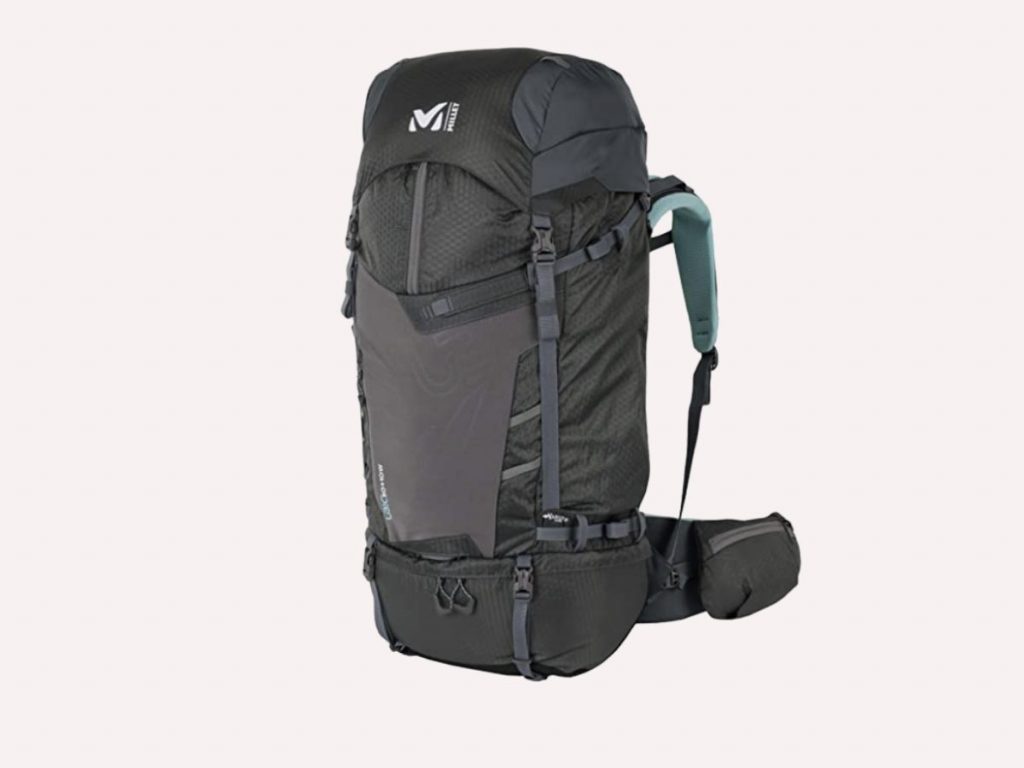
The Millet Ubic 50+10 is an ideal backpack for mountaineering, mountaineering and trekking. Its volume allows it to be used for multi-day treks. It has a lower compartment for the sleeping bag and other compartments so that you can carry your equipment close at hand. Very good finish and details of use (regulations and adjustments, back ventilation, interior drawings that show you how to use the backpack,...). Its dimensions make it ideal for carrying as hand luggage on trips.
Sleeping bag
(YOU MAY BE INTERESTED IN: 3 key things to consider when choosing your sleeping bag)
Or sheet sackHow are we going to do the route, sleeping in hotels/hostels and refuges, bivouacking or tenting (as you can see, the article is oriented towards routes lasting several days)? The choice will depend on this. It should be noted that most of the refuges have blankets, so a sleeping bag will be enough to spend the night (obligatory). If you are going to bivouac along the route, you will have to consider taking a good bag and even a bivouac cover (in the following article we talk about how to choose a bivouac cover). best mountain bivouac cover).
Sleeping bag
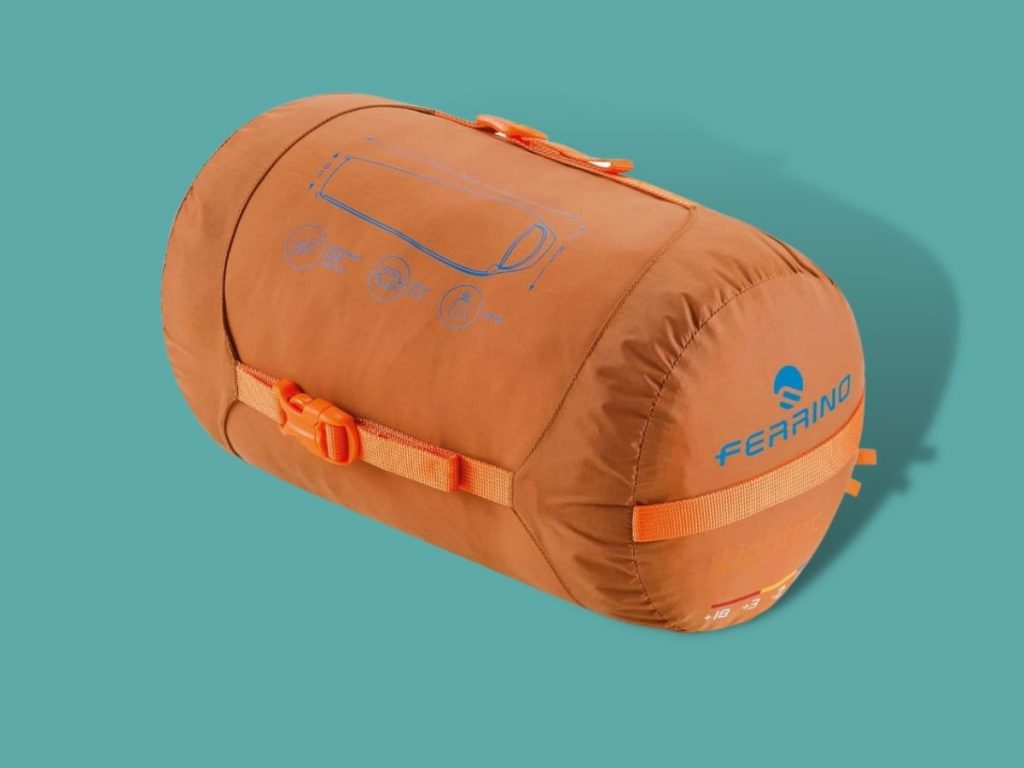
The Ferrino Lightec 1000 Duvet with a comfort temperature of -3 ºC and a weight of 950 gr. 450 g down 80/20 550 cuin. This is a bag for mountaineering or trekking users in all seasons, without sacrificing comfort. If you use its compression sleeve, you will considerably reduce its volume to put it in your backpack.
Blanket bag (optional)
If you want a sleeping bag for camping, trekking or hiking, we recommend the Expander Liner Traveller from Sea to Summit. Weighing approximately 380g, it is made from a cotton/polyester blend fabric and high quality stretch fabric. It has an antimicrobial treatment to prevent the formation of odours. If we want a warmer sheet bag we can go for the options, such as the Sea To Summit Thermolite Reactor Extremewhich has its own brand in woven Thermolite®.
Bivouac cover (optional)
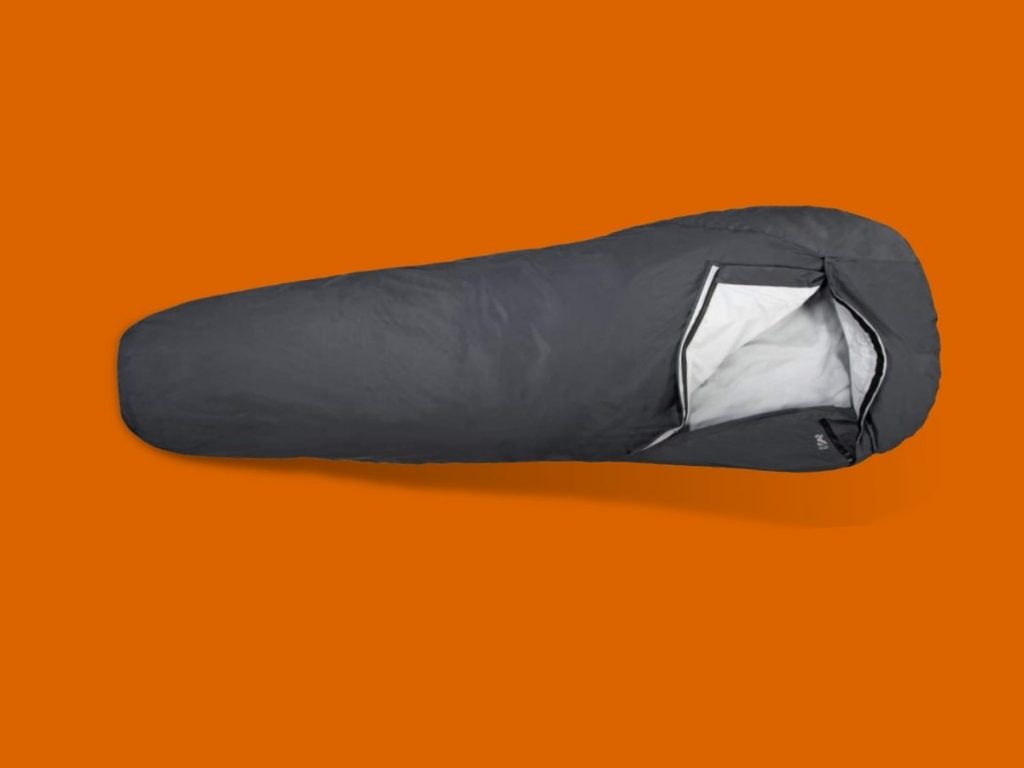
Millet Bivy Bag waterproof fabric Dryedge (10,000 mm/cm²), breathable and durable. Slightly heavier than the Msr Advance Pro Bivy450 grams. Ideal for trekking and hiking activities. It is a more economical option (78€).
(YOU MAY BE INTERESTED IN: Mountain bivouac covers)
Insulating mat (optional)
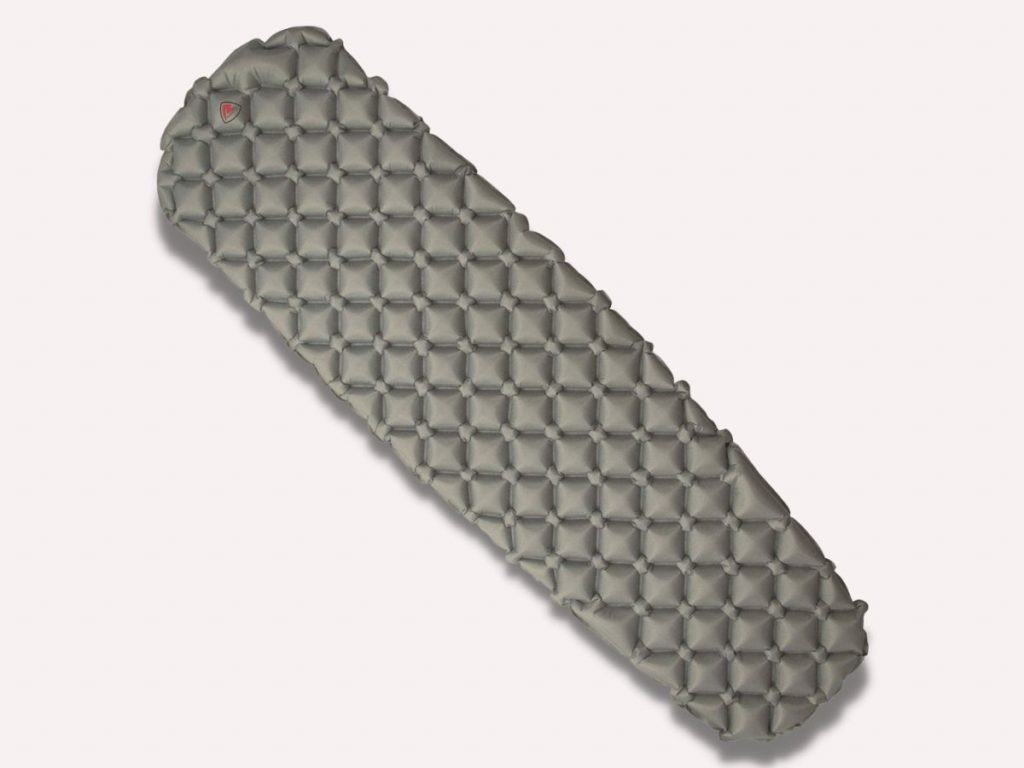
The optional is for a route between refuges.
The only 395 g (without holster) of the Robens Vapour 60The outer fabric is made up of a soft, flexible and flexible fabric, making it one of the lightest and most compressible mattresses on the market. The outer fabric is made of 20D Ripstop Nylon very light and without detracting from the strength. The price is unbeatable for the performance (54€). The R-value is 1.6 (6°C) which makes it suitable for hikers and campers for warm nights and warm terrain. A good quality/price ratio, unbeatable if the insulation factor is not so important for our activity.
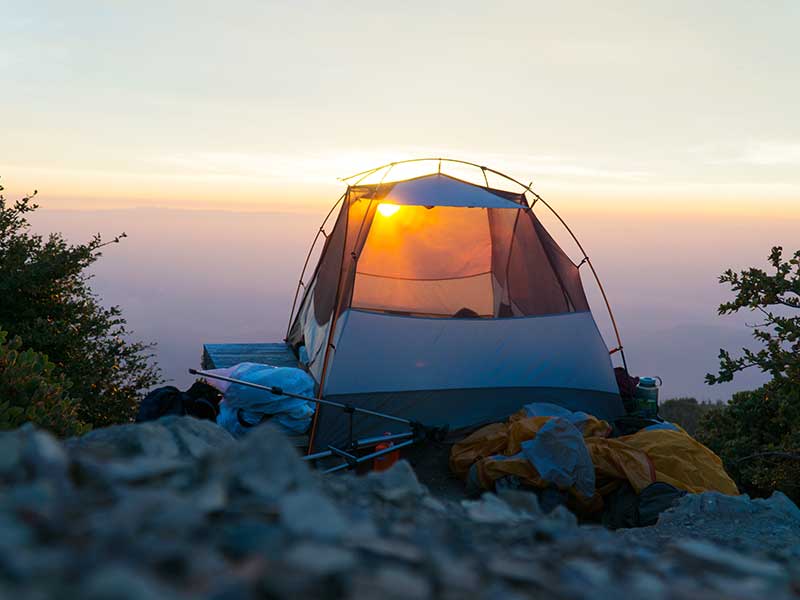
Tent
(YOU MAY BE INTERESTED IN: Choosing the best mountain tent)
Once again we will use the example of a route such as the Trans-Pyrenees, along the GR11 we will have facilities to spend the night if planned in advance. We will have to consider the weight involved in carrying the tent, the comfort of reaching a refuge and then the economic issue. Another important issue, can I camp here? In any case, an ultralight tent can be a good recommendation for multi-day routes. It will give us freedom, but it will take away comfort, as the backpack quickly becomes heavy.
Ultralight tents
(YOU MAY BE INTERESTED IN: Everything you need to know about choosing an ultralight tent)
Ultralight, 3-season, 4-season, which tent we take depends on the location, the weather conditions, the season, how many people are coming?
Personally I love the Camp Minima 2 SL. Lightweight for 2 people, reduced volume of the poles and ultra-light nylon outer wall. Perfect from the point of view of lightness, transport and comfort.
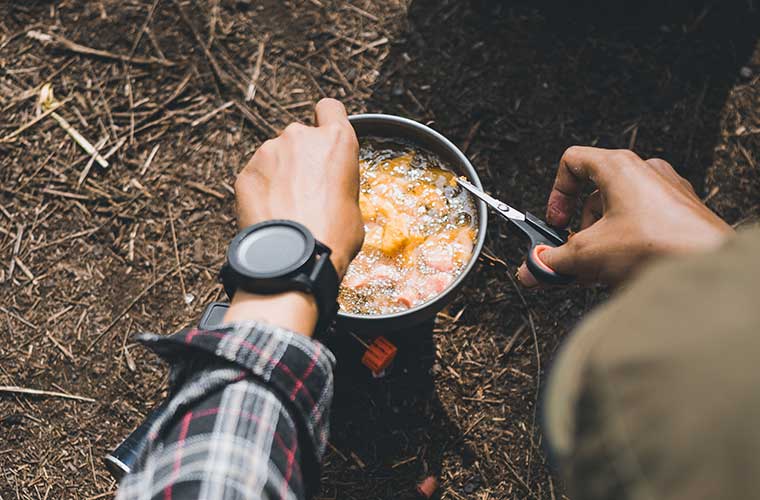
Cooker, food and nutrition
We will have to consider whether we will pass through villages and/or refuges en route, where we can stock up on food. We will have food service in the villages and refuges, so it is up to each person to carry a cooker and cooking equipment and more or less quantity of food (dehydrated food...?).
Food
- Energy food: energy bars, gels, ... (optional)
- Energy foods
- Energy drinks or isotonic solutions (optional)
- Cooker - camping gas and gas cylinder (fuel).
- Kitchen utensils: plate, cup, cutlery...
Water and hydration
We will always carry a canteen or camelback type water tank. In some areas you may encounter problems accessing water. In this case it may be advisable to carry water purification tablets, a water purification filter or other water treatment system.
- Flask or water tank
- Water purification tablets or filters
- Portable personal water filters for outdoor and trekking equipment
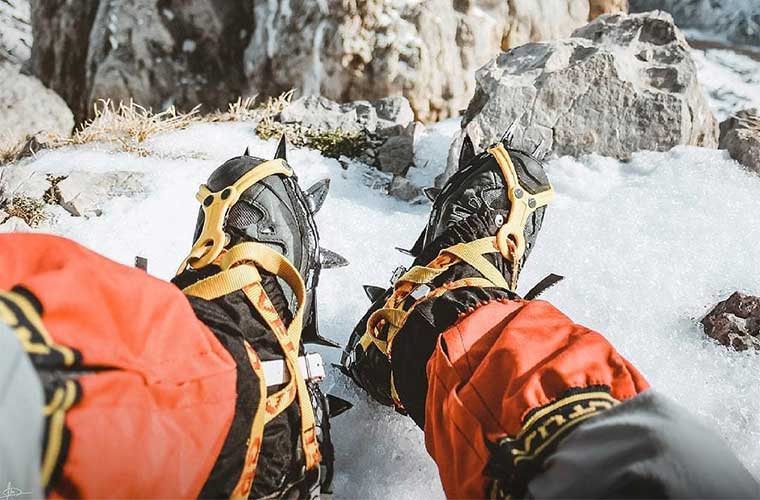
Poles, crampons, ice axes
On the one hand, the trekking poles They will make it easier to walk on difficult terrain and are an indispensable aid on steep downhill slopes for those who suffer from knee problems. In the case of crampons and ice axes (the ice team) shall be essential depending on the season in certain mountains to face certain passes where we can find ice until well into the summer. In winter we will consider them as basic equipment for most of the routes in the high mountain areas of the Pyrenees.
- Trekking poles (optional) (How to choose the best trekking poles)
- Crampons (depending on conditions) (How to choose the right crampons for your activity)
- Ice axe (depending on conditions) (Choosing the best ice axe)
- Helmet (in case of routes with exposure)
Other items that may be missing from our equipment and backpack:
Mountain orienteering articles
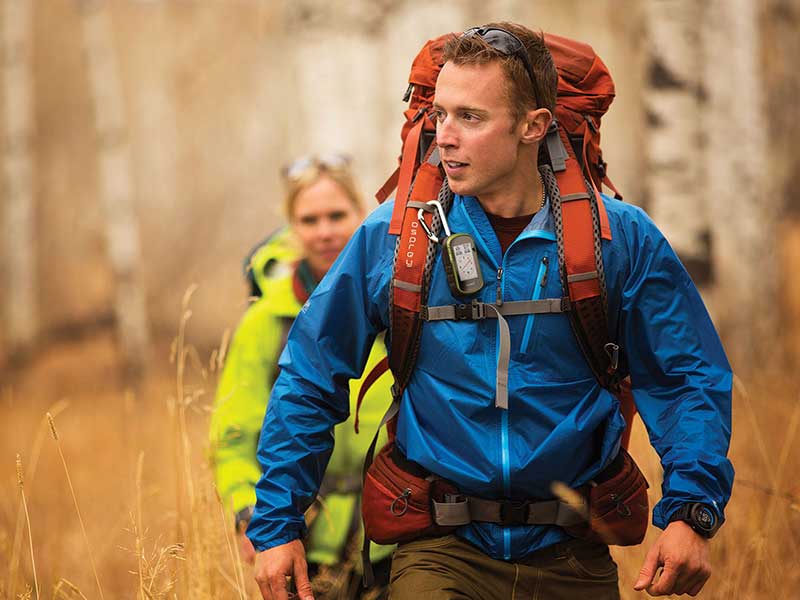
What are we going to say here, that unless we are knowledgeable (or very knowledgeable about the place) we will have to be informed at all times of where we are walking, and for this GPS, map and compass are of vital help. Nowadays any smartphone can be used as a mountain GPS using applications such as OrusMaps, which work both online and offline.
- Description of the route or guide.
- Compass
- GPS (optional) (Best mountain gps). In the following link we leave you a comparison chart of the best mountain GPS.
First aid kit in the hiking equipment
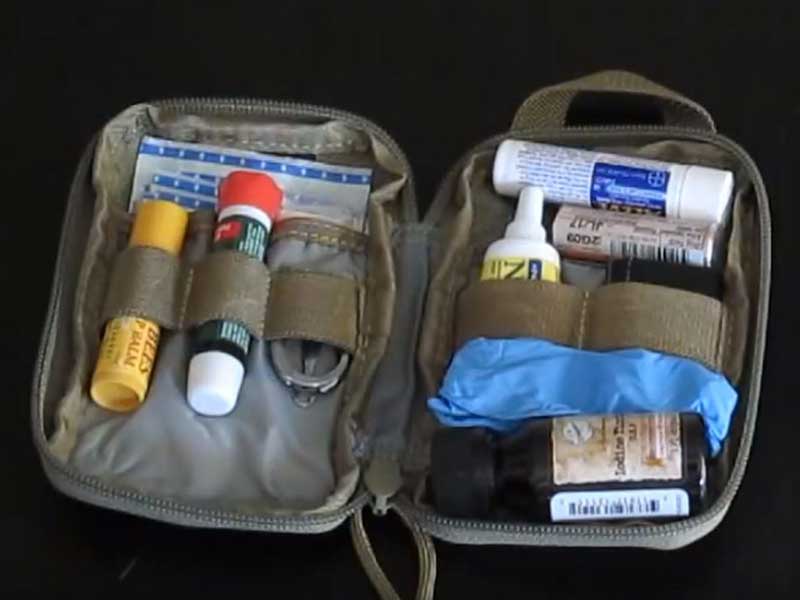
The mountain first aid kit is an essential addition to the equipment of any hiking trip or outdoor activity. Its function is quite simple and important
- First aid (anti-inflammatory, antihistamine, blister pack, ...)
- Mountain first aid kit: what to take with you
Sun protection
- Sunscreen
- Lip balm
- Sunglasses
Lighting
(YOU MAY BE INTERESTED IN: How to choose the right headlamp)
- Headlamp or torch
- Extra batteries (optional).
Communication kit
Smartphone
Mobile phone, preferably a smartphone that we can also use as a GPS or make use of its other functionalities.
- Walkie Talkie (optional, interesting item when going to the mountains in a large group)
- External batteries or solar charger (optional)
- Portable solar charger and external mountain battery
Personal hygiene kit:
- Toothbrush
- Biodegradable soap
- Quick drying towel
Other
- Fire lighter or matches.
- Knife or multi-tool
- Cash, credit card (optional) and personal identification document.
- Additional camera, batteries and memory cards.
- Whistle
- Material bag or compression sack
- Toilet paper
- Waste storage bag
- Notepad and pen or pencil.
- Earplugs
- Sandals or flip-flops
- Survival kit: thermal blanket, adhesive tape, candle...
Fastpacking is not about going faster. It's about going lighter.
If you come from classic trekking, this is the next step: learning to move with less weight,
more fluid and enjoying every kilometre more.
Join the channel and start discovering what lightness feels like.

